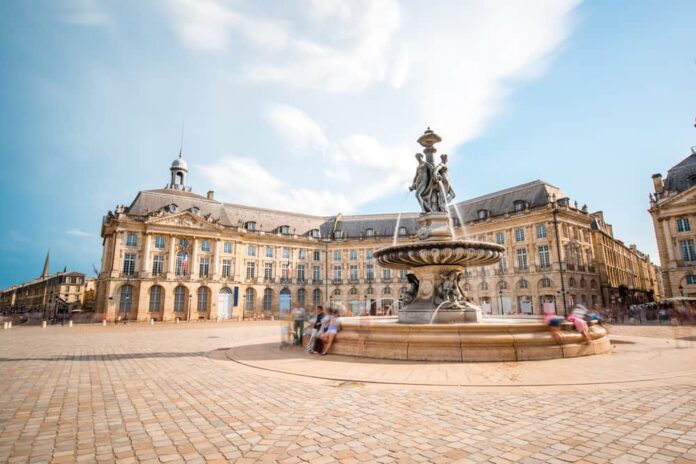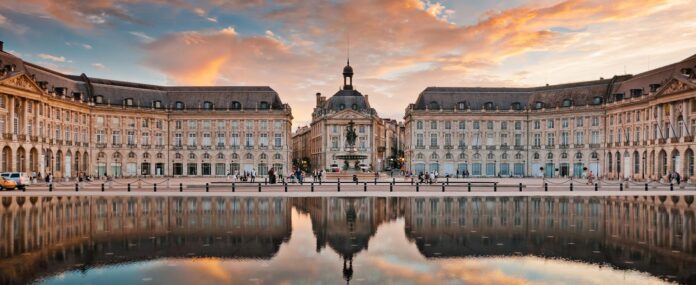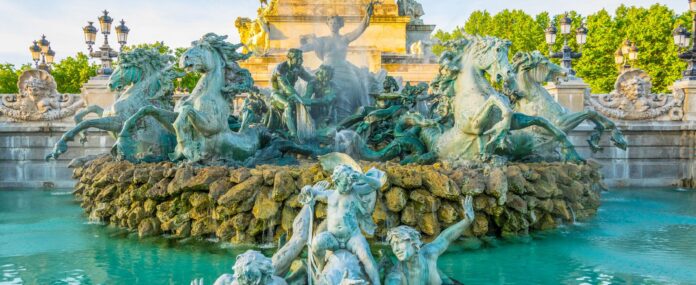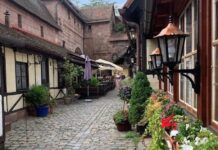Bordeaux is a historical city with a long and rich history. Visitors can explore the city’s many UNESCO World Heritage Sites, savor the world-famous Bordeaux red wine, and take in all the beautiful architecture. If you love history, then you should definitely visit Bordeaux!
1. Bordeaux’s history
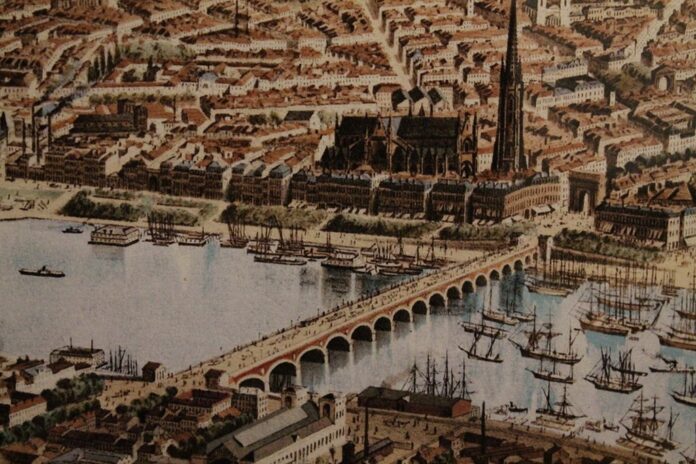
Bordeaux is one of the oldest and most prestigious wine regions in the world. The city has a long and storied history dating back to prehistoric times. It was first settled by the Celts, who named it Bourdeaux after a river that flows through the city. The Romans conquered the area in 68 BC and renamed it Augusta Baetica after their emperor, Augustus Caesar. In 1204, the city was given to the Counts of Toulouse as part of their feudal territory. The city’s fortunes changed dramatically when it became the capital of France in 1631. During this time, the city experienced a period of intense growth and prosperity, which made it one of the most important cities in Europe.
The wine industry played an essential role in this development, and Bordeaux quickly became one of the world’s leading wine producers. Today, it remains one of France’s most important cities, and its wines continue to enjoy widespread acclaim. Click here to find out more about this beautiful city and the tourist attractions you can visit.
2. The wine industry in Bordeaux
The Bordeaux wine region is located in southwestern France and spans over 800 miles. The area was first settled by the Greeks and then the Romans. Bordeaux wines were first made in the 12th century, and by the 1500s, the area had become one of the most important wine-producing regions in Europe.
During World War II, much of the vineyards in Bordeaux were destroyed by Allied bombing. However, after the war, new wineries were established and today, the city’s wines are some of the most popular in the world. The region is known for its lush vineyards and varietal wines, including Cabernets Sauvignons, Merlots, Petits Vergers (a type of red wine made from a blend of different types of grapes), Chardonnays, and Sauternes.
Bordeaux is home to some of the world’s most famous wine estates, including Chateau Lafite Rothschild, Chateau Mouton Rothschild, and Haut Brion. The region also has a number of smaller wineries that produce award-winning wines
3. Historical landmarks
If you love exploring stunning historical landmarks in different parts of the world, then you’ll definitely want to check out Bordeaux! This UNESCO World Heritage Site is home to some of the most iconic buildings and monuments in France, including the Gothic Saint-Michel Cathedral and the neoclassical Hôtel de Ville. Don’t forget to explore the city’s charming neighborhoods, like Saint-Jean-Baptiste and Saint-Etienne-du-Mont!
Château d’Amboise
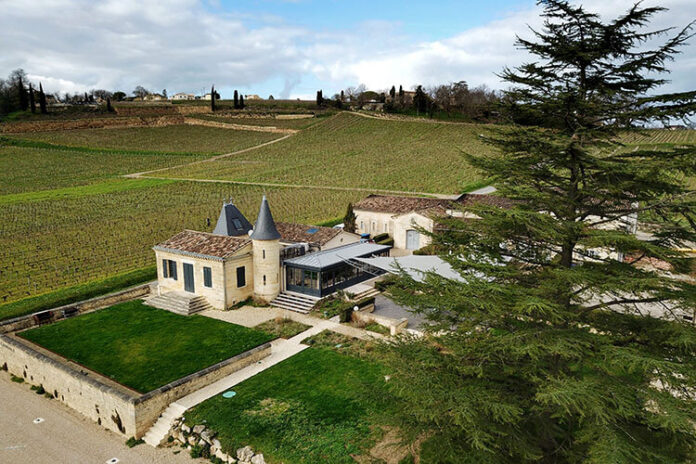
The Château d’Amboise was originally built by the Count of Amboise in the 12th century. The château has been rebuilt and modified many times over the years, but it remains one of the most impressive examples of French medieval architecture. Today, visitors can explore the castle and its grounds, which feature a number of interesting historical landmarks. One of the most notable features of the château is its vast wine cellars, which are said to be among the largest in France.
Basilica of St. Etienne
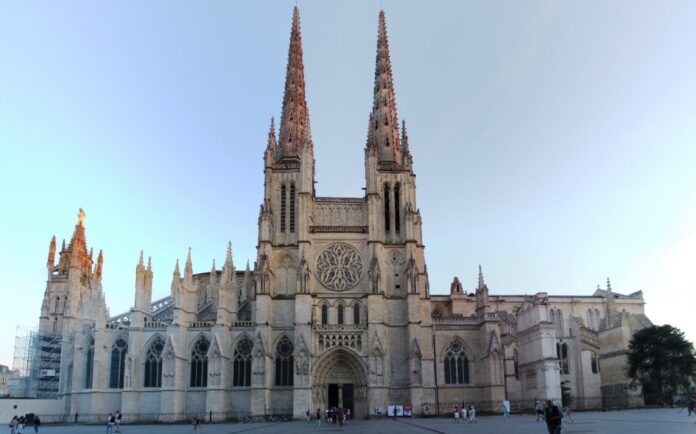
Basilica of St. Etienne is the largest church in Bordeaux and one of the most famous historical landmarks in the region. The edifice was erected between the 4th and 5th centuries AD on the remains of a pagan temple. The Basilica of St. Etienne is known for its imposing Romanesque facade, topped by a gilded cross, which features intricate carvings and a series of frescoes illustrating biblical stories. Inside, you’ll find a superb nave with 12th-century murals depicting episodes from the life of Christ. The basilica also houses an ornate 6th-century baptismal font, as well as an impressive 11th-century pulpit.
Château de Pauillac
The Château de Pauillac is a landmark in Bordeaux and one of the most renowned wine estates in the world. The estate is located in the heart of the city, on the outskirts of the old town. The château was built in 1539 by Pierre de Pauillac, a soldier who became the owner of a vast vineyard. The estate passed through several hands until it was acquired by the Mouton-Rothschild family in 1885. Today, it is run by the seventh generation of that family.
The château is home to world-renowned wine cellars, including the Grand Verger, which holds more than 60,000 bottles of wine. The château also has a museum dedicated to its history and winemaking, as well as a restaurant that serves traditional French cuisine.
Château de Saint-Émilion
The estate was founded by the Merlot grape variety enthusiast, Émile Zola, in 1875. The 11 hectares vineyard is located in the heart of the Graves appellation and is surrounded by a wall and a moat.
Today, the Château de Saint-Émilion produces some of the world’s most prestigious wines, including Millésime 1991 and Crémant de Bordeaux. The winery also offers wine tours and hosts special events such as concerts and galas.
Château de Margaux
Located on the northern outskirts of the city, it is one of the most important wine cellars in the world. The château dates back to the 12th century and was originally built by the Counts of Toulouse. In 1278, it was purchased by the Bishop of Bordeaux, who added a fortified keep to the structure. The château passed through several hands until it was acquired by François Périgord in 1668. He began extensive renovations and additions to the property, which culminated in its current form in 1725.
The château has been used for both recreational and commercial purposes over the years. It is now a tourist destination and hosts various events throughout the year. The grounds are also home to a vineyard and a winery.
4. Bordeaux’s Art Scene
The city has a rich history, and the art scene reflects that. There are many different galleries and museums that offer a variety of exhibits, making it easy for visitors to find what interests them.
Some of the most famous artists who were born or lived in Bordeaux include Jean-Michel Basquiat, Claude Monet, and Auguste Rodin. Each one created unique works of art that are still admired today. If you’re looking for something different to do while in Bordeaux, exploring the city’s art scene is a great way to get started.
Conclusion
Bordeaux is without a doubt one of the most fascinating wine-producing regions in all of France. With its centuries of history, architecture, and culture, Bordeaux is a must-see for any history lover. Whether you are interested in learning about the wines produced here or simply trying to soak up some of the city’s atmosphere, Bordeaux will not disappoint. So if you are anywhere near southwestern France and have an interest in wine, don’t miss out on this amazing destination!
